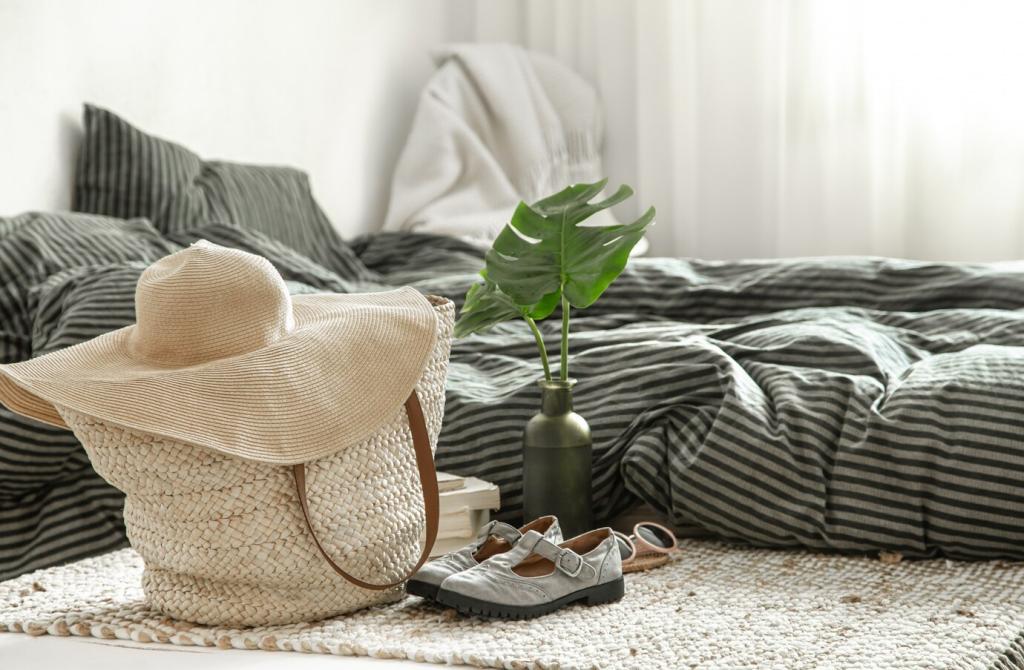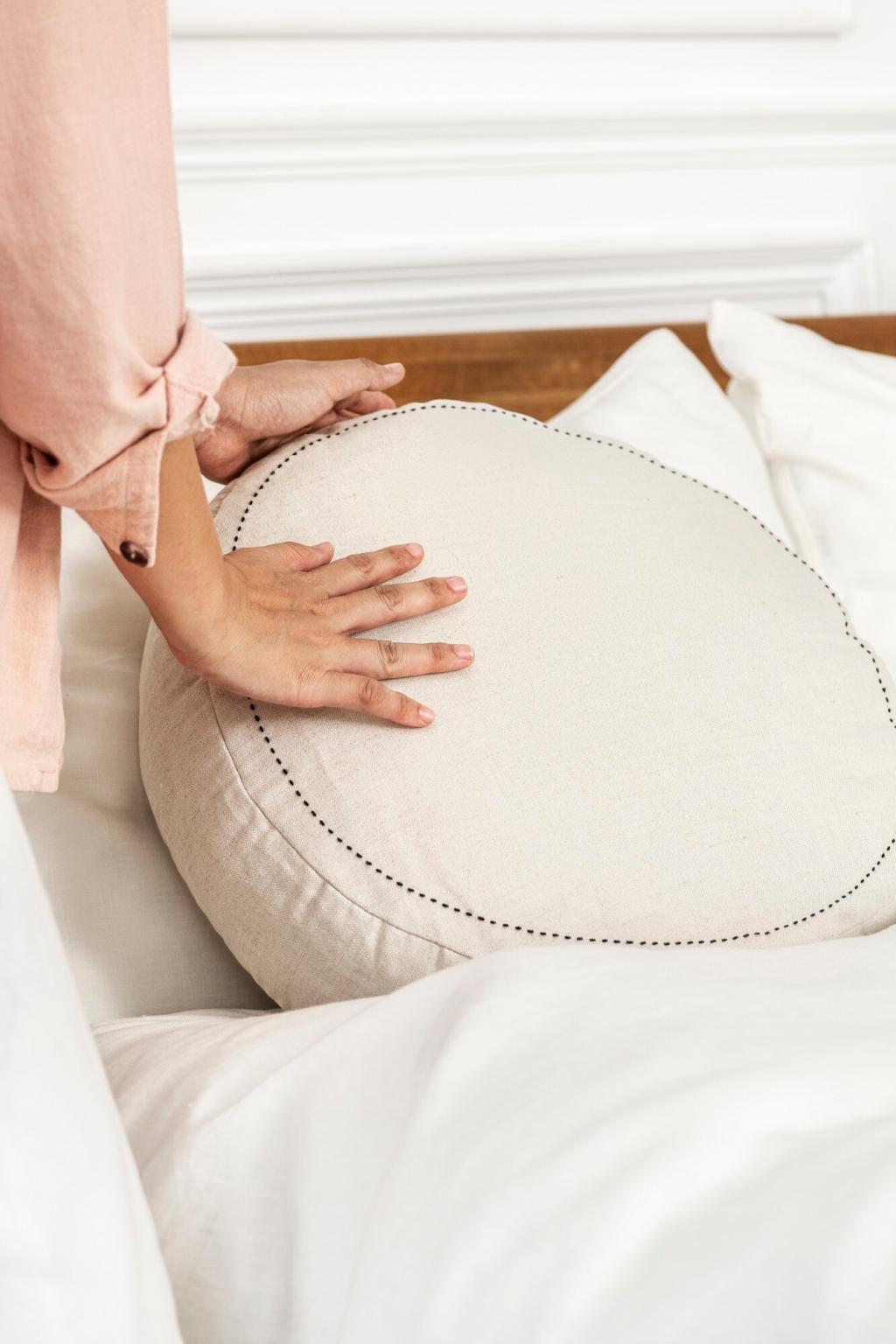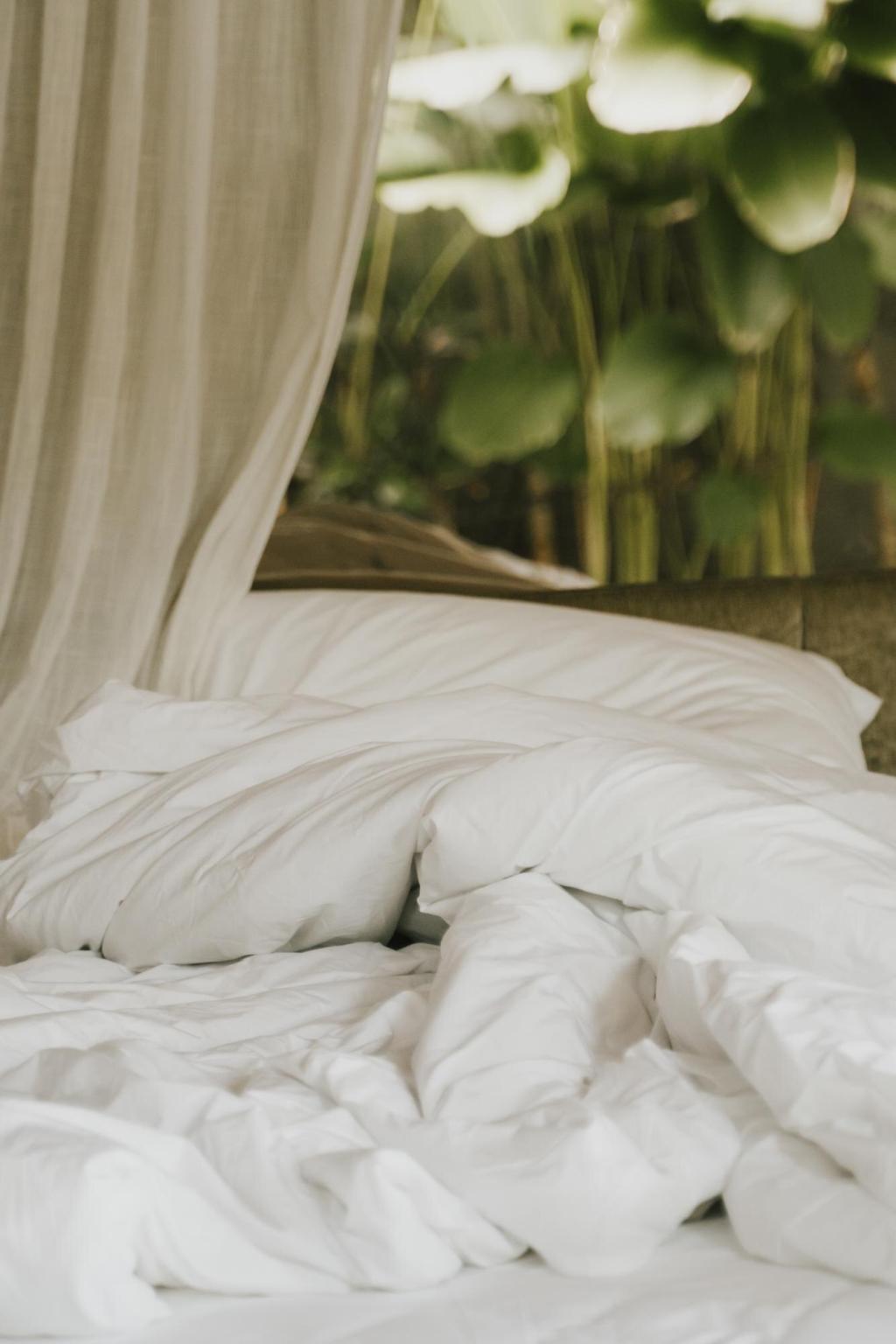
The Future of Eco-Conscious Silk Bedding
Chosen theme: The Future of Eco-Conscious Silk Bedding. Welcome to a gentle revolution where comfort meets conscience, craftsmanship meets transparency, and every night’s rest adds up to a lighter footprint. Subscribe, comment, and help shape what truly sustainable silk can become.
From Mulberry to Bedroom: The Stakes
Sericulture touches soil, water, and communities. Eco-conscious bedding means pesticide-light mulberry farming, humane cocoon choices, cleaner dye houses, fairer labor, and designs that last. Tell us where your sheets come from, and we’ll trace the journey together to close the knowledge gap.
Health, Comfort, and Carbon
Silk naturally regulates temperature and wicks moisture, helping you sleep cooler without blasting air conditioning. It sheds no microplastics, unlike many synthetics, and thrives with cold-water care. Share your climate and sleep preferences so we can test fabrics that balance comfort with emissions.
A Reader’s First Silk Summer
Maya swapped polyester for silk one humid July. She noticed fewer night sweats, calmer skin, and quieter laundry days thanks to cooler washes. She wrote us a joyful note at dawn. Add your story below—your experiences guide our next responsible experiments.

Innovations Redefining Sustainable Silk
Peace silk practices allow moths to emerge, then reclaim fibers, while regenerative farms plant shade trees, rotate crops, and compost leaves to rebuild soil. Would you prioritize this approach if it meant a slightly different hand feel but a much gentler footprint?
Innovations Redefining Sustainable Silk
Researchers are fermenting silk proteins and exploring spider-silk–inspired filaments to create consistent, strong fibers with traceable inputs. Early blends promise resilience with fewer agricultural pressures. Would you sleep on lab-grown silk if it matched the glide and grace you love?

We are testing silk shells, silk threads, and tie closures that avoid plastic snaps or zippers, keeping components compatible for recycling or composting. Would you trade a tiny bit of convenience for truly mono-material designs and a cleaner end-of-life pathway?
Designing Bedding for Circularity
Pillowcases wear differently from duvet covers. Modular sets let you replace the most-loved pieces first, while visible mending guides and extra seam allowances extend life. Tell us which items wear fastest so we can include repair kits where they matter most.
Designing Bedding for Circularity
Traceability and Trust
Scan a QR code to follow your set from mulberry field to weaving loom to dye house. See care tips, repair tutorials, and impact snapshots updated over time. Would you check these details before buying—or while folding laundry on Sunday afternoon?



Get Involved: Shape the Next Chapter
Join Our Green Thread Newsletter
Subscribe for field notes from mulberry farms, lab updates on fibers and dyes, and seasonal care rituals. We send occasional, thoughtful emails—no clutter, just useful insight. Hit subscribe and help us prioritize what you want explored next.
Tell Us Your Bedding Story
Do you sleep hot, wrestle with allergens, or crave crisper drape? Post your experience and tag a city and climate. We’ll feature select stories to guide testing so solutions fit real bedrooms, not just lab conditions.
Vote on Prototypes and Priorities
Weigh in on weave density, momme ranges, closure styles, and colorfastness trials that minimize dye and water use. Quick polls steer our research sprints. Cast a vote today and nudge eco-conscious silk bedding toward the comforts you actually want.
